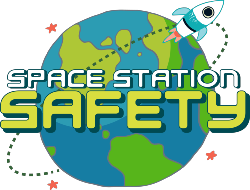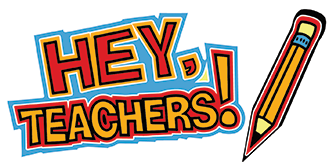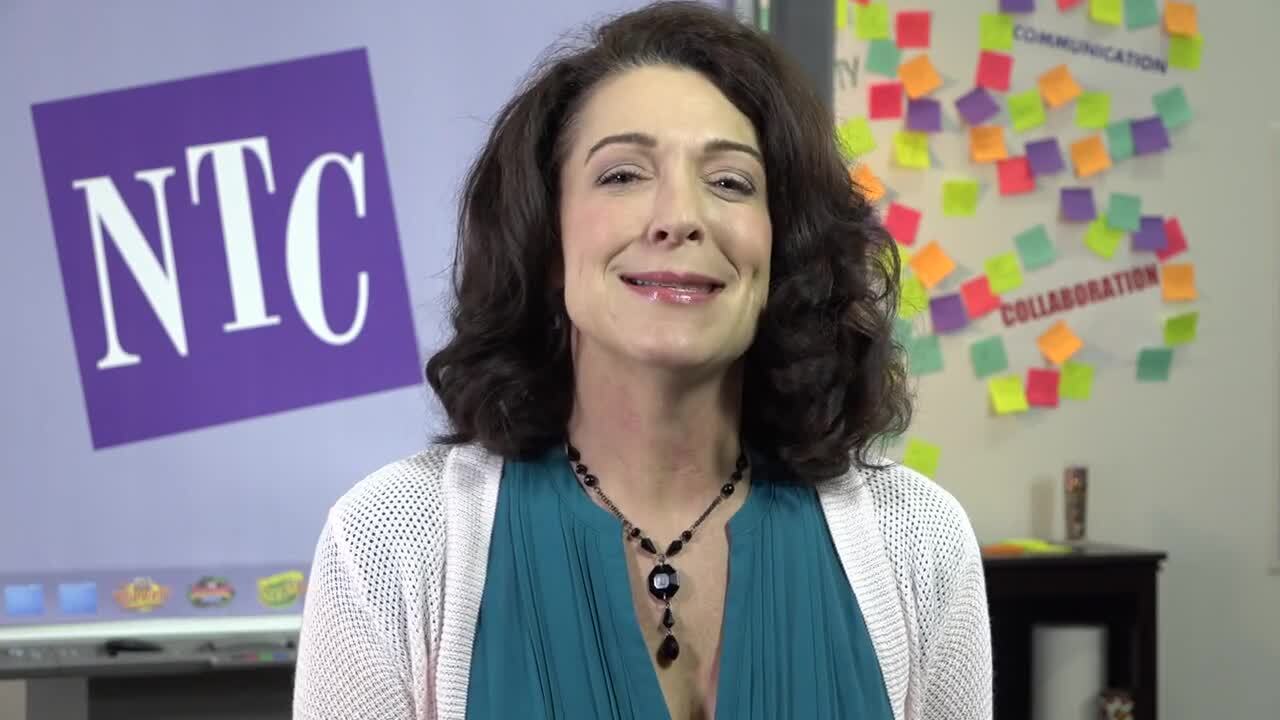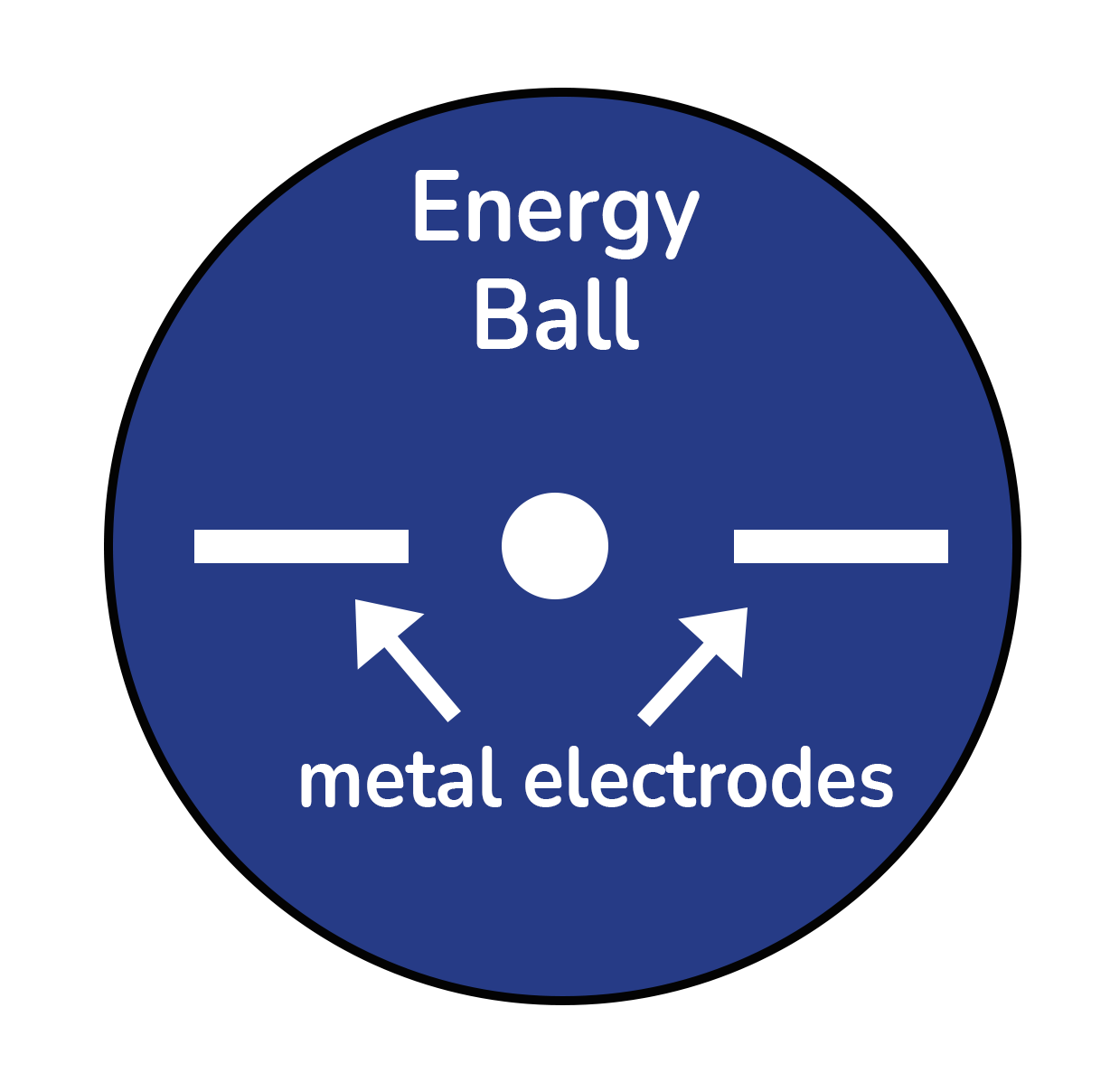
Born in 1791 to a poor family in England, Michael Faraday was extremely curious, questioning everything. He felt an urgent need to know more. At age 13, he became an errand boy for a bookbinding shop in London. He read every book that he bound, and decided that one day he would write a book of his own. He became interested in the concept of energy, specifically force. Because of his early reading and experiments with the idea of force, he was able to make important discoveries in electricity later in life. He eventually became a famous chemist and physicist.
Faraday built two devices to produce what he called electromagnetic rotation: a continuous circular motion from the magnetic force around a wire. Ten years later, in 1831, he began his great series of experiments in which he discovered electromagnetic induction. These experiments form the basis of modern electromagnetic technology.
In 1831, using his "induction ring," Faraday made one of his greatest discoveries – electromagnetic induction, or the generation of electricity in a wire by means of the electromagnetic effect of a current in another wire. The induction ring was the first electric transformer. In a second series of experiments in September 1831, he discovered magneto-electric induction: the production of a steady electric current. To do this, Faraday attached two wires through a sliding contact to a copper disc. By rotating the disc between the poles of a horseshoe magnet he obtained a continuous direct current. This was the first generator. From his experiments came devices that led to the modern electric motor, generator and transformer.
Faraday continued his electrical experiments. In “In 1832 he proved that static electricity, voltaic electricity produced by a battery, and the electricity induced from a magnet were all the same. He also did significant work in electrochemistry, stating the First and Second Laws of Electrolysis. This laid the basis for electrochemistry, another great modern industry.
Michael Faraday, one of the world's greatest experimental physicists, is known as the father of the electric motor, electric generator, electric transformer and electrolysis. He wrote the "Law of Induction" and is known for the "Faraday Effect."
Source: https://www.eia.gov/kids/history-of-energy/famous-people/faraday.php




 OBJECTIVE
OBJECTIVE





